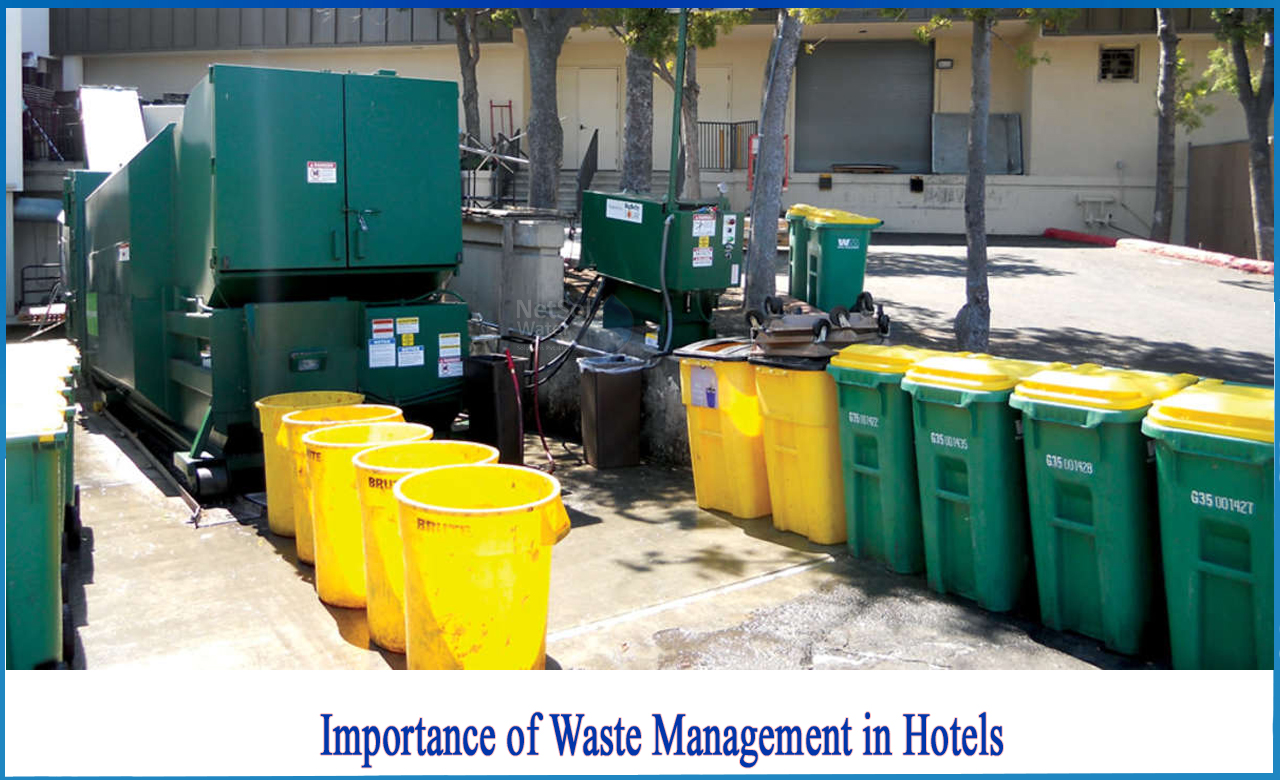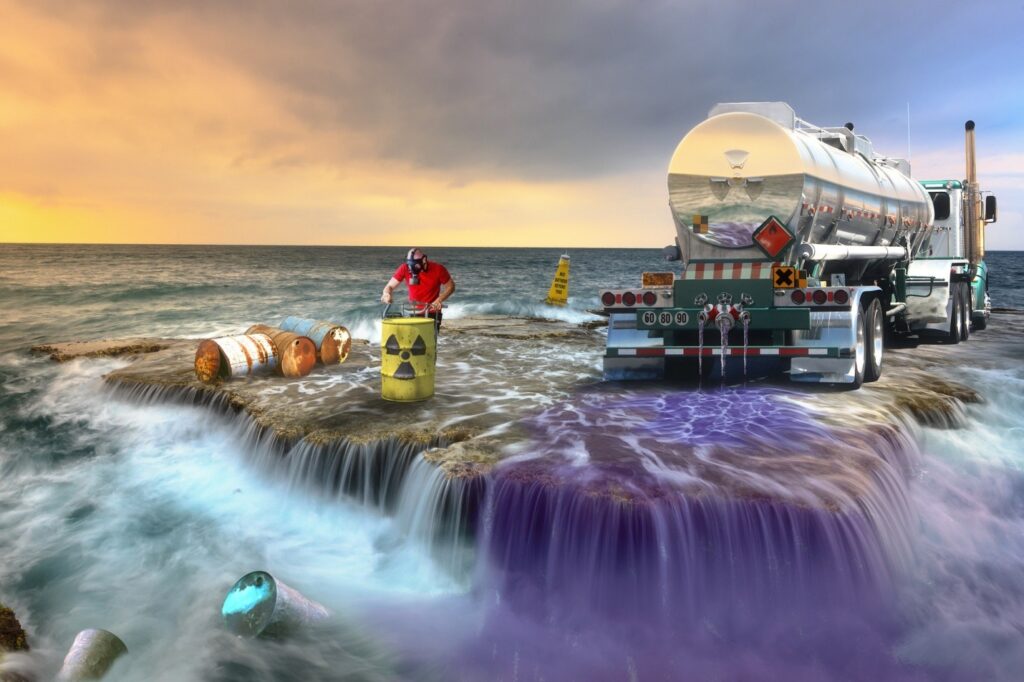The Single Strategy To Use For Reclaim Waste
Table of ContentsFascination About Reclaim WasteThe 10-Second Trick For Reclaim WasteThe Greatest Guide To Reclaim WasteMore About Reclaim WasteThe Basic Principles Of Reclaim Waste
Domestic sewage waste refers to the waste and products from a household septic storage tank. The proper management and disposal of residential sewage waste require liquid waste to be moved to a sewer treatment plant where the correct techniques and equipment are applied to detoxify and dispose of waste.
Industrial waste frequently consists of potential risks, such as flammable products or a mixture of fluid and solid waste products, and calls for a more innovative and in-depth disposal procedure. The disposal of commercial waste typically includes the purification of waste before transportation to make certain risk-free and correct disposal. Hazardous waste is developed from byproducts and overflow of commercial processes and manufacturing.
This kind of waste can not utilize the same sewer management transport or procedures as septic or industrial fluids. The hazardous waste monitoring process requires the assessment and screening of fluid waste prior to it undertakes the disposal procedure (liquid waste disposal). Drainage waste is the liquid waste that comes from runoff and excess stormwater in highly populated areas or cities
Drainage waste can trigger contamination and flooding if not dealt with effectively. Making certain proper waste administration can prevent calamities and reduce environmental injury.
The Reclaim Waste Statements
Call PROS Providers today to discover about our waste monitoring and disposal solutions and the proper ways to care for the fluid waste you generate.
(https://www.find-us-here.com/businesses/Reclaim-Waste-Laverton-North-Victoria-Australia/34166924/)Do you know what happens to your water when you end, flush the commode or drain pipes the cleaning machine? No? Well, it's worth knowing. This so-called 'wastewater' is not just an essential source yet, after therapy, will be released to our land, rivers or the ocean. Utilized water from bathrooms, showers, bathrooms, kitchen sinks, washings and commercial processes is known as wastewater.

water used to cool down equipment or clean plant and equipment). Stormwater, a type of wastewater, is runoff that flows from farming and urban areas such as roofs, parks, yards, roadways, paths and rain gutters into stormwater drains pipes, after rain. Stormwater streams neglected straight to local creeks or rivers, ultimately getting to the ocean.
Things about Reclaim Waste
In Queensland, many wastewater is treated at sewer therapy plants. Wastewater is delivered from domestic or commercial sites through a system of sewage systems and pump stations, understood as sewage reticulation, to a sewage therapy plant. Neighborhood governments develop, keep and run most sewer therapy plants. Operators are licensed under the Environmental Management Act 1994 to release treated wastewater at an appropriate environmental standard right into rivers.
The Division of Natural Resources advises city governments regarding handling, operating and maintaining sewerage systems and therapy plants. In unsewered areas, regional governments might need homeowners to set up individual or household sewage treatment systems to treat residential wastewater from commodes, kitchens, restrooms and washings. The Division of Natural Resources authorizes making use of family systems when they are verified to be reliable.
A lot of stormwater gets no treatment. In some new neighborhoods, treatment of some stormwater to get rid of clutter, sand and crushed rock has actually begun using gross contaminant catches. Wastewater treatment occurs in four stages: Eliminates solid issue. Larger solids, such as plastics and various other items wrongly released to sewers, are removed when wastewater is gone through screens.
Utilizes tiny living organisms recognizes as micro-organisms to damage down and remove staying liquified wastes and fine fragments. Micro-organisms and wastes are incorporated in the sludge.
Reclaim Waste for Beginners
Nutrient elimination is not readily available at all sewage treatment plants because it requires pricey specialised equipment. Clear liquid effluent created after treatment might still contain disease-causing micro-organisms - liquid waste disposal.

A lot of wastewater streams right into the sewerage system. Under the Act, local governments administer authorizations and permits for environmentally pertinent tasks (ERAs) entailing wastewater launches that could have a neighborhood impact.
Some Ideas on Reclaim Waste You Should Know
Otherwise, samples are taken for lab analysis. Commonly many tests are required to establish the levels of each of the various contaminants such as oils, heavy metals and pesticides in water. Surveillance provides accurate information concerning water quality link and can verify that licence conditions are being fulfilled. The info gotten through tracking offers the basis for making water top quality choices.